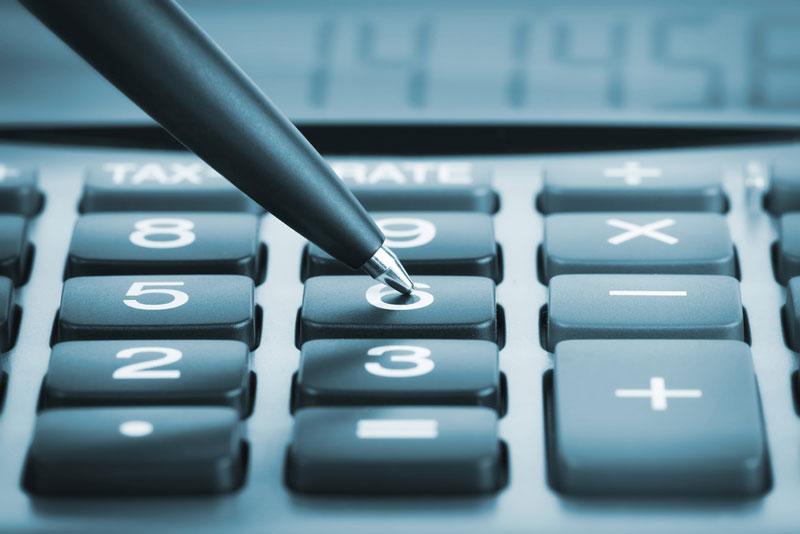Video Transcript
Jason Stipp: I’m Jason Stipp for Morningstar. Investors age 70 1/2 must take so-called required minimum distributions from their Traditional IRAs and company retirement plans by Dec. 31 of each year. But they can and should reinvest that money if they don’t need it. Here to offer some tips on that is Morningstar’s Christine Benz, our director of personal finance. Christine, thanks for joining me.





